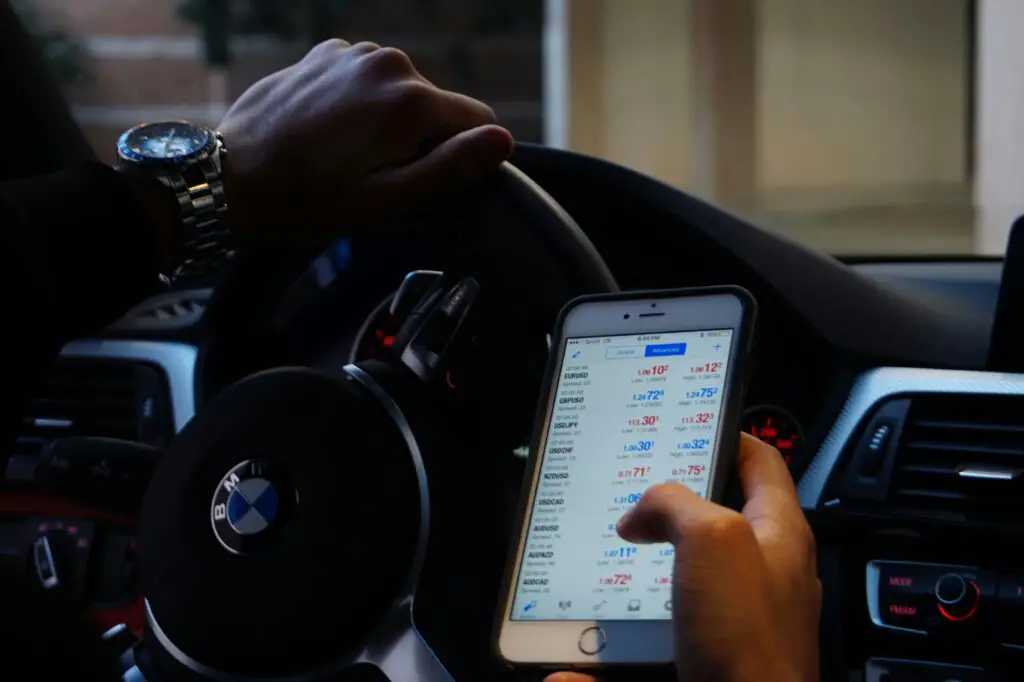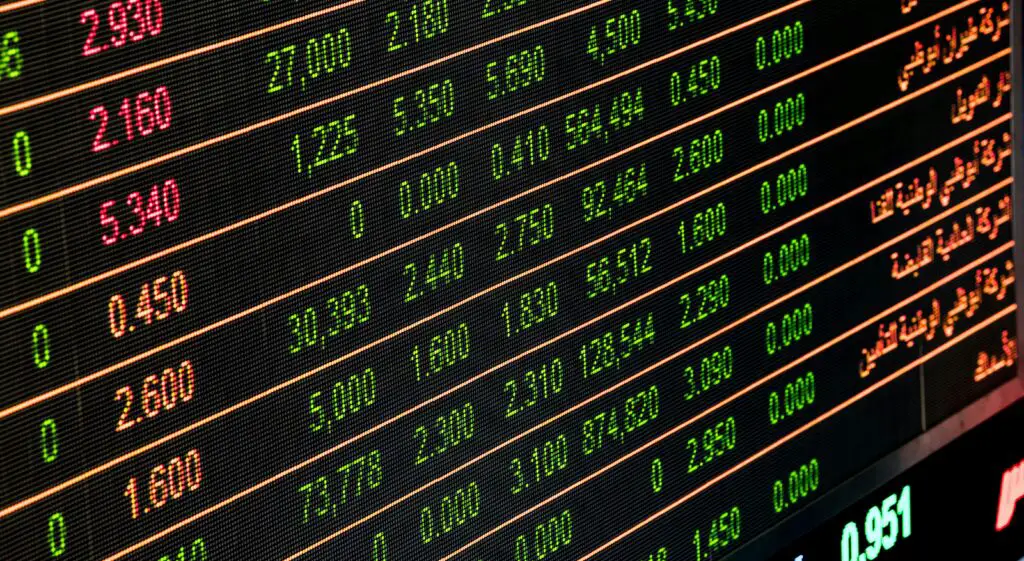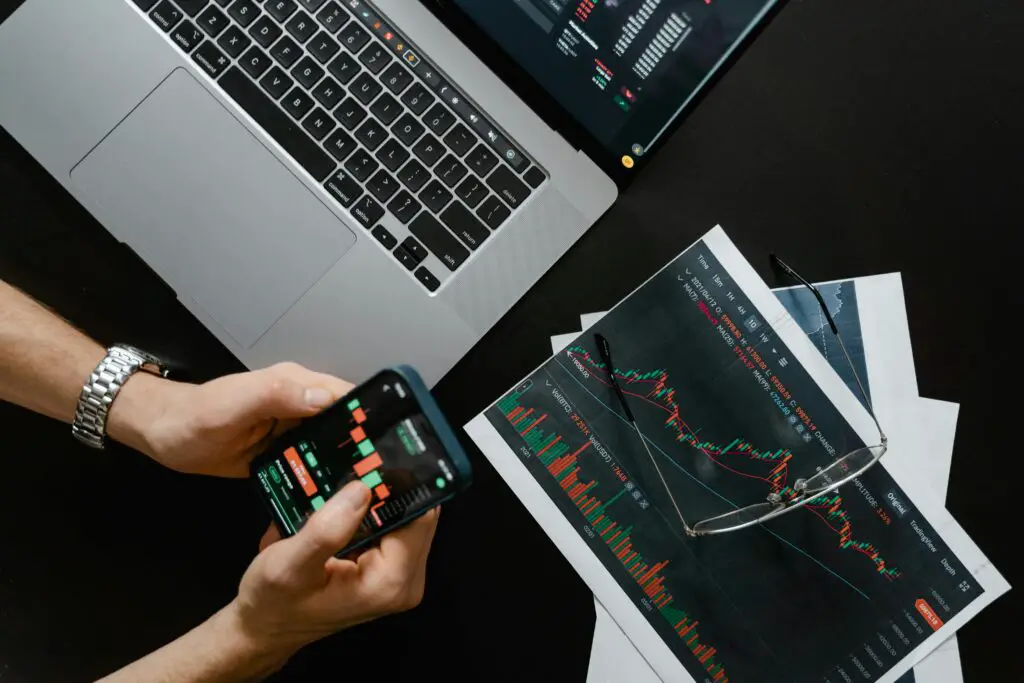There are several ways for buyers to make money when exchange rates change on the foreign exchange market or Forex. One of the most important things for every trader to understand is “lot size,” which affects trade volume and by extension possible gains and loses. This book goes into great detail about the different types of lot sizes , their meanings, how to use them , and how they can be used effectively in Forex trading.

What does “Lot Size” mean in Forex?
In Forex dealing , the lot size is the amount of the currency pair that a trader buys or sells. When you trade Forex, you deal in lots rather than stocks, where you buy shares. It is essential to grasp lot size because it affects how much money you risk and how much you could win or lose on each trade. Basically, the lot size tells you how big your trade will be.
Different Lot Sizes
When you trade Forex, there are different lot sizes that fit different amounts of risk tolerance and investment power. These are the main types:
The
often used in Forex trade. It is equal to 100,000 units of basic cash. Because it is possible to lose or make a lot of money , standard lot trading is best for professionals with a lot of money.
Small
coin. It is a tenth of the size of a normal lot so retail buyers who want to trade less often and with less risk frequently select it.
Small Lot
A micro lot , which is ten times smaller than a mini lot, contains 1,000 pieces of the base currency. This smaller lot size is excellent for people who lack a lot of cash because it lowers the risk of trading on the Forex market.
Nano Lot
A Nano lot is even smaller than a micro lot. It is made up of 100 units of the base currency. This type of deal is great for people new to trading or wanting to try out various tools without putting much money at risk.

Lot Size Is Important for Forex Trading
To control your risk well when trading Forex, you need to know how big a lot is. The following parts of your trade are directly affected by the lot size you choose:
Exposure to Risk
Larger lot sizes mean that you face more risk. You will lose more money if the market goes against you if you trade a bigger lot size. More tightly controlled trading is possible with smaller lot amounts , on the other hand.
Interest Rates and Margin
Lot size also affects how much leverage and margin you need to keep a trade open. Lot sizes that are more enormous need a more significant profit. Margin is the security needed to start and maintain a deal going. So , choosing the correct lot size keeps you from putting too much debt on your account , which raises the risk of margin calls and possible account closure.
Possible Profits
Bigger lots make it more likely that you will lose and make money. By balancing your potential for profit with just risk picking the right lot size can help you reach your trading goals and stick to your overall trading strategy.
Ways to Figure Out Lot Size
To figure out the right lot size you need to know how big your account is how much risk you are willing to take and the currency pair you are trading. To figure out the size of a lot, follow these steps:
Figure out your risk. Tolerance
First, decide how much of your account you will lose in a single trade. Most of the time , you ought not to lose more than 1% to 2% of your trade account at once. Let us say you’re willing to risk $100 on each trade if you are willing to risk 1% of your $10,000 trading account.

Find the value of the pip.
The pip worth is based on Most of the time , one pip is worth $10 in a normal lot. Small lots cost $1, and tiny lots cost $0.10. Finding the pip value helps you guess how much you might make or lose on a trade.
Figure out the Stop Loss.
Your stop loss is the most money you are willing to lose on a trade. Let us say you set a stop loss of 50 pip. This is the most movement against your stock you are willing to accept.
Figure out the Lot Size
With the above information, you can figure out what size lot you need. This is the formula:
Lot Size = Amount Risked Stop Loss (in pip)Value/Pip Lot Size = Stop Loss (in pips)Amount of Pip Value Risked
Say you put $100 at risk on a trade with a 50-pip stop loss and a 1-pip (mini lot) value. Here’s how to figure it out:
Lot Size: 10050×1 = 2Lot Size: 50×1100 = 2
In other words, you should trade two small lots.
Examples of How to Figure Out the Size of a Lot
Example 1: Trade of a Standard Lot
Say you want to trade with $50,000 and are willing to risk 2% on each deal. This is how much you risk on each trade:$50,000 divided by 0.02 equals $1,000$50,000 divided by 0.02 equals $ 1,000 your stop loss is 100 pips on EUR/USD, and each pip is worth $10 (standard lot); here’s how to figure out your lot size: Lot Size = 1,000 * 100 * 10 = 1Lot Size = 100 x 101,000 = 1One average lot is what you would trade. Example 2: Trade with micro lots
Let us say you want to trade with $5,000 and are willing to risk 1% on each trade. This means that your risk on each trade is:$5,000 divided by 0.01 equals $50.$5,000 divided by 0.01 equals $50.If your stop loss is 50 pips and each pip is worth $0.10 (micro lot), this is how to figure out your lot size: Lot Size: 5050 divided by 0.10 , which equals 10.Lot Size: 50 x 0.1050 = 10

Ten micro lots are what you would trade. Advice on How to Pick the Right Lot Size: Picking the correct lot size is a vital part of any good trading plan. Take a look at these strategies:
Dealing with Risk
For trades that last to work , risk control must be done well. Always stay within the risk levels you set and avoid raising your lot sizes to make up for losses quickly.
Start small.
Traders who are just starting can try methods and learn without putting a lot of money at risk by starting with micro or nana lots. They can gradually make their lot more prominent as they gain confidence and use it more.
Put in stop losses.
When you trade with stop losses, you protect your account from losing a lot of money. To keep your risk management plan in place make sure that the size of your lot fits the size of your stop loss.
Grow your account and change the lot size as needed.
Based on the size of your trade account you can make your lot size bigger or smaller. The size of your lot may need to be more significant if your account grows , but you should keep the risk of each trade the same.
Watch how the market is doing.
How big of a lot you need can change based on the market. When things are more stable, you might want to increase your lot size to follow trends. You might want to decrease things to avoid risk when things are less stable. Tools and information for controlling the size of a comanaging lot size well can be helped by several tools and services such as:
Platforms for trading

Most Forex trading systems, like Metaorder 4 (MT4) and Metaorder 5 (MT5), have built-in calculators that can help you determine the right lot size for your risk level and trade setup.
Online math tools
Many online lot size tools make it easy and quick to choose the right lot size for your trades. Most of the time these tools need to know how much money you have in your account the percentage of risk the stop loss and the currency pair.
Resources for Schools
Many brokers and financial websites have webinars , tutorials , and papers that can help you learn about lot size management and other parts of Forex trading. The materials in this section will help you better understand and use lot size in your trading plan.
In conclusion
It is essential to know about lot size possible earnings. If you want to make your trading more profitable and reach your financial goals, you need to know about the different lot sizes and what they mean . Figure out the correct lot size for your deals and use strategic thinking. No matter how experienced you are , the basics of managing your lot sizes are still crucial for longevity in the risky Forex market. Little lots are suitable for new traders to start with while regular lots are better for more experienced dealers.

